THE CHINESE CUISINE
TABLE SETTING AND ENTERTAINMENT. Although there is no objection to using Western-style tableware for the serving of Chinese food, the atmosphere of a Chinese dinner is naturally enhanced by the use of typical Chinese dishes and utensils. For this reason, beautifully colored, though not necessarily expensive, porcelain and china are frequently used. Each set consists of a bowl for rice, a bowl for soup, a dish for the main courses, a small dish for sauce or condiments, a dessert dish, a wine cup, a porcelain soup spoon, and a pair of chopsticks. All the ingredients to be used in Chinese dishes are cut into convenient sizes in the kitchen before serving, so that no carving instruments are required at the table. It goes without saying that dishes attractively arranged to please the eye serve as a stimulus to the appetite when they are filled with flavorful food.
In contrast to the round shape of many Chinese dinner tables, dishes are often placed in a square, with a bowl for soup in the middle. At the dinner table, the guest of honor is seated opposite the door, with the host or hostess across from him. When the first main dish is served, the host will propose a toast to his guests by saying: "Kan pei," which is the equivalent of the American toast, "Bottoms up." At this time, the guests should express their appreciation to their host for his hospitality. The dinner begins with three or four cold dishes served separately or on a Lazy Susan type of platter as hors d'amvres. These appetizers are placed on the table before the guests are seated. Four hot fried or sauteed dishes will then be served, and four steamed or braised dishes will follow, along with the rice.
If the dinner is informal, it will usually consist of only four dishes and one soup. For an Oriental atmosphere, the soup should be served according to Chinese custom after all of the entrees have been offered, but before the dessert.
RICE AND ITS PREPARATION. Rice is the staple food of southern China. In the northern provinces, wheat and other grains are preferred. The water buffalo is a great asset in the preparation of the land, but the planting, reaping, and threshing are still done by human hands.
In southern China, women also work in the fields. Rice is planted in water paddies. As the plants grow, the water is hidden by the graceful blades of the leaves, and the fields take on a luxuriant appearance. When the wind ripples the fields of rice into waves of green, the sight is a beautiful one to see. The rice harvest today is as colorful and primitive as it was in ancient days. Harvest time is a happy time among the farmers, and the threshing season is a busy one for them.
As we eat rice, we always think of the old Chinese proverb: "Each single grain contains a farmer's hard work." When you prepare rice, wash it several times until the water runs clear. Use one cup of rice to one and a half cups of water for "dry" rice and one cup of rice to two cups of water for soft rice. Boil the rice over a high flame until most of the water is absorbed. Then turn the flame low and simmer the rice for 20 minutes more, leaving the cover on. One cup of uncooked rice makes two cups of cooked rice. Insufficient water makes the rice hard.
Cooked rice will keep for one week in the refrigerator and can be used for fried rice.
TEA. Generally, all classes of people in China drink tea. The habit is one of very long standing. In Peking, especially in the spring, when the wind blows strongly out of Mongolia and the rains seldom come, the human body feels "dry." Enticing street tea stands are scattered everywhere. As a welcome, the Chinese always offer a cup of tea to a guest.
The varieties of Chinese tea are numerous. Wu I Cha, Yang Shen Cha, Lung Cha, Mo Li Cha, and Hsiang Pien are only a few of the well-known green teas. Kee Mun, Liu An, Wu Long, and Pekoe are the better-known black teas. Jasmine tea, with its delightful scent, is also quite popular. To prepare tea, put one teaspoonful of tea leaves into a Chinese teacup. Pour boiling water over the tea leaves and replace the lid.
In three minutes the tasty tea will be ready. Partially remove the lid and drink through the opening. The lid will keep the tea leaves inside. Sugar and milk are never used. Instead of brewing the tea in individual cups, you may use a teapot.
WINE: Chinese wine is usually made from rice, but in some cases from other grains.
It serves to give added flavor to either hot or cold Chinese food. Some of the best wines, being quite old, go well with both fish and meat. Shao Hsing is the most popular wine in China. According to old custom, whenever a baby girl is born, the parents must bury a number of jars of Shao Hsing, storing them until the girl is to be married. Thus, on her wedding day, they will be assured the enjoyment of a delicious wine with their guests. Glutinous rice is the source of Shao Hsing, and the wine should be at least one year old.
After it has aged for five years or more, it is known as Hua Tiao (flower decoration) after the floral pattern of the jars in which it is kept. Among Western wines and liqueurs, sherry, brandy, or cognac may be substituted in recipes that call for Chinese wine. Japanese sake is also an excellent substitute.
SIZES AND AMOUNTS OF INGREDIENTS. Since the ingredients called for in this book are those commonly used in the Orient, they differ occasionally from those known in the West. Almost all of them, however, can be obtained without difficulty, and the more exotic-sounding items are available at Chinese and Japanese food stores and restaurants.
In cases where suitable substitutions can be made, these are suggested in the recipes. The sizes of typical ingredients can best be judged from the photograph on page . The following general suggestions will be helpful: Abalone, canned: Size of can is No. 2. Bamboo shoot: If fresh, peel and boil for 20 minutes. If canned, boiling is not required, but white calcium deposit should be scraped out before bamboo is used.
Bean curd: Soft, white, custard-like paste made from soy beans. It is called tou fu in Chinese, tofu in Japanese. One cake equals two cups or three-quarters of a pound. It spoils quickly in warm climates. Bean sprouts: Sprouts of green beans, called tou ya ts'ai in Chinese, moyashi in Japanese. Heads and tails should be removed before sprouts are used.
Canned bean sprouts should be drained before using. Chinese cabbage: Celery cabbage. Cucumbers: Oriental cucumbers are only about one-third the size of the American variety when full-grown. Eggplants: Oriental eggplants are much smaller than the Western variety and are about the size of a large pear.  Flour: Wheat flour is meant unless otherwise specified. Green peppers: Full-grown Oriental green peppers are ordinarily smaller in size than the American variety.
Flour: Wheat flour is meant unless otherwise specified. Green peppers: Full-grown Oriental green peppers are ordinarily smaller in size than the American variety.
Ham: Boiled ham, approximately four inches in diameter. Mushrooms: Dried mushrooms, which have an excellent flavor, are the kind most frequently called for in this book. They should be soaked in lukewarm water for 15 to 20 minutes before they are used. Stems should not be used. Onions: Round onions or dry yellow onions may be used. In recipes calling for leeks, onions may be substituted in slightly smaller quantities.
Pork: Uncooked pork is meant unless otherwise specified. Potatoes: Size should be such that three potatoes equal one pound. Snow peas: Small green peas used shell and all. They should be strung before they are used. Spinach: Oriental spinach is smaller in size and more tender than the ordinary Occidental variety and consequently requires less time for cooking. Vermicelli: The two types of vermicelli called for in this book are not the Italian type but are made from green beans and seaweed, respectively.

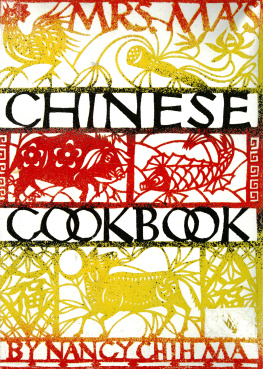

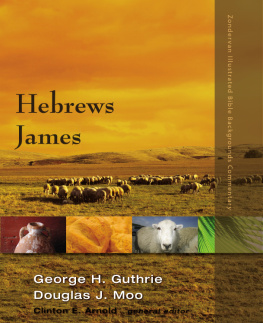
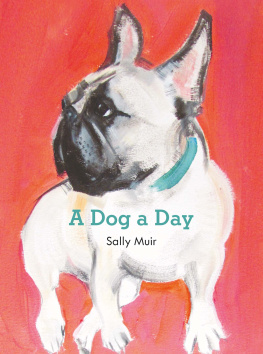
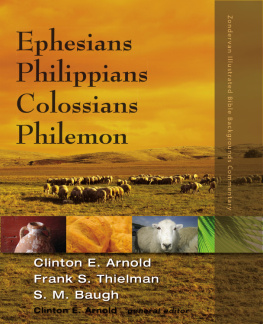
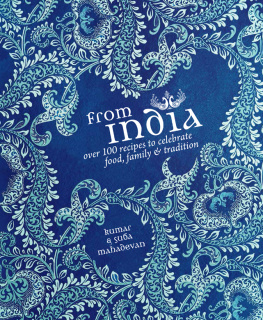

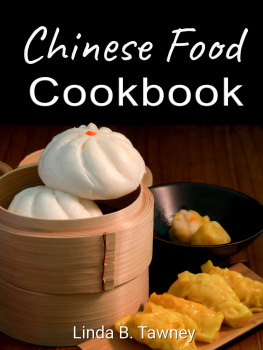
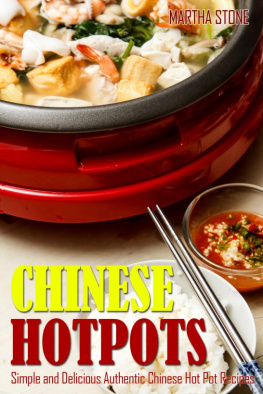
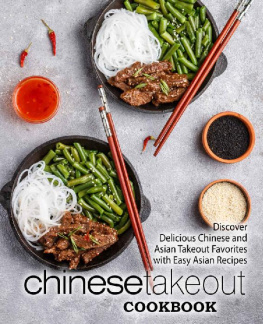
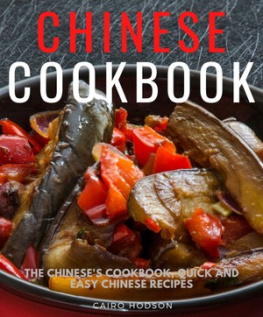
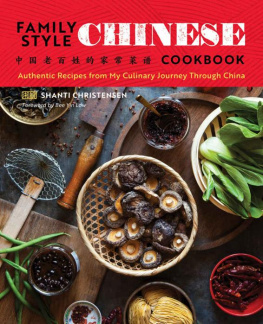

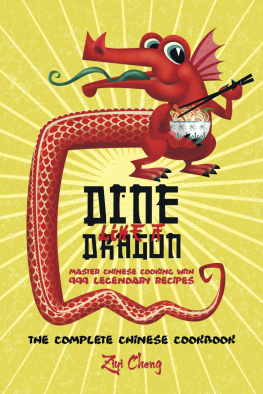
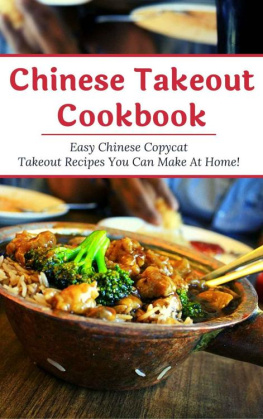
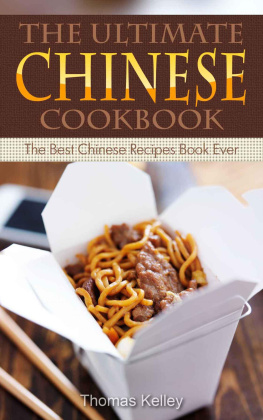
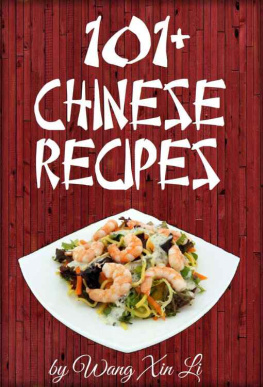
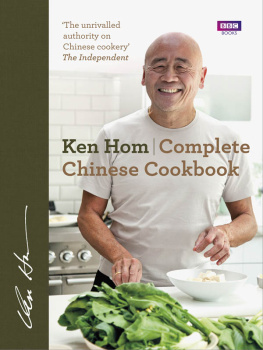

 Flour: Wheat flour is meant unless otherwise specified. Green peppers: Full-grown Oriental green peppers are ordinarily smaller in size than the American variety.
Flour: Wheat flour is meant unless otherwise specified. Green peppers: Full-grown Oriental green peppers are ordinarily smaller in size than the American variety.